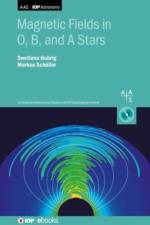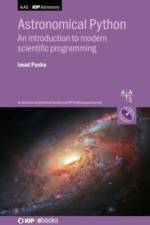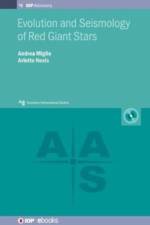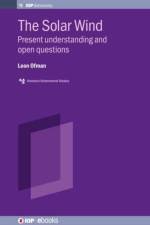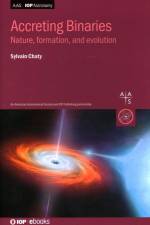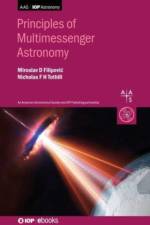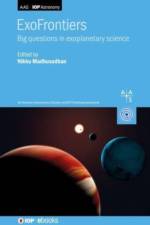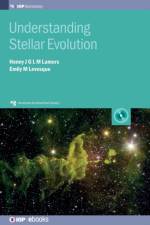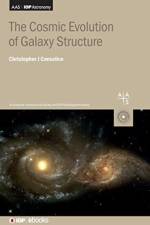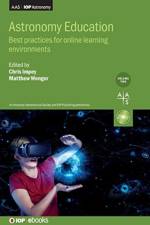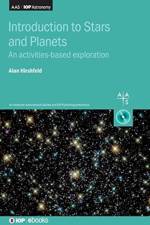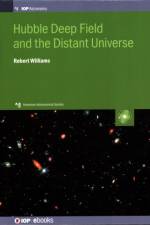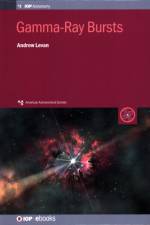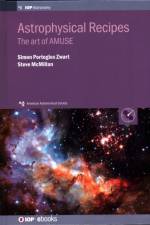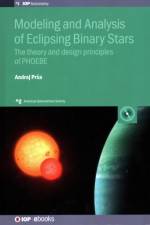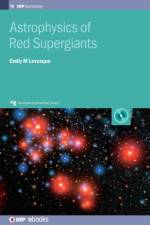av Elia Stefano (Professor Battistelli
1 241
We are now living in the multimessenger era in which often weak and elusive astrophysical phenomena need to be studied using different and orthogonal probes and information carriers in order to be fully understood. This book is designed to give advanced undergraduate students a description of the most popular techniques and instrumentation employed in modern astrophysics. Focusing on electromagnetic radiation and its detection spanning from radio- to X-ray wavelengths, it gives a general description of astrophysical observables, such as flux, brightness, throughput, and magnitude. It describes general concepts about geometrical and physical optics at different wavelengths, in an astronomical context, including the concepts of lenses, mirrors, antennas, telescopes, the focal plane, angular resolution, the field of view, and the diffraction limit. The origin of noise and the extraction of a signal from it is also covered, including noise reduction techniques such as filtering, amplification, as well as cryogenic techniques. The theory of signals and the theorems related to digital electronics are also introduced. A set of student laboratory activities is included to illustrate the concepts covered in the book.Key FeaturesProvides a comprehensive introduction to modern astrophysical techniques and instrumentationCovers astronomical optics, telescopes, noise, the theory of signals and digital electronicsDescribes different receiving techniques such as coherent radiometers, semiconductor and superconductor thermal bolometers, charge-coupled devices (CCDs), and X-ray calorimetersIncludes a set of student laboratory activities to illustrate the concepts covered in the book

